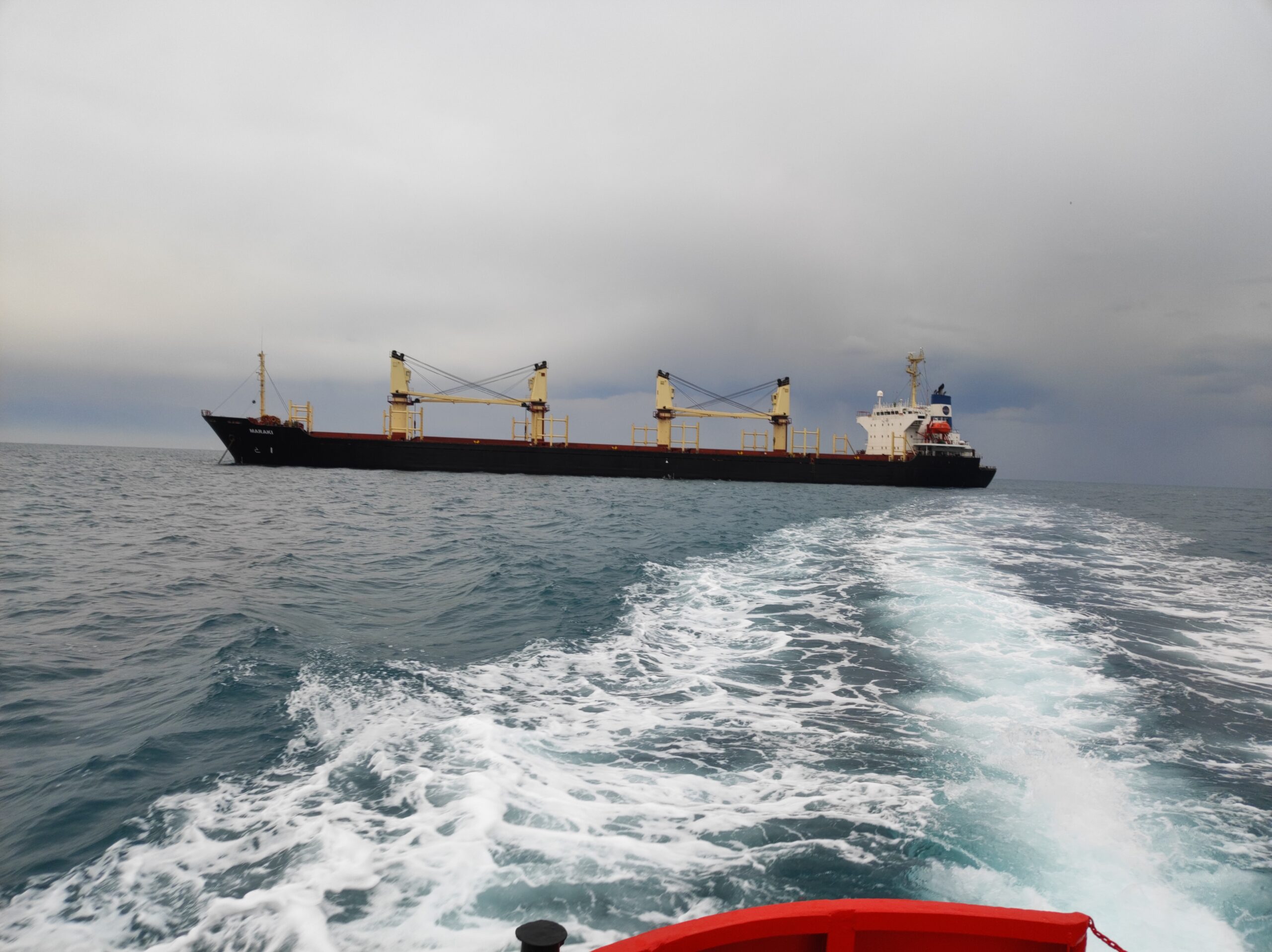Voyage Charter vs Time Charter: Key Differences in Maritime Contracts
Choosing between a voyage charter and a time charter is critical for efficient maritime trade. This guide breaks down their features, pros/cons, and ideal use cases to help you make informed decisions.
What is a Voyage Charter?
A voyage charter involves leasing a vessel for a single voyage between specified ports. The shipowner manages crew, fuel, and operations, while the charterer pays a fixed freight rate based on cargo weight, volume, or distance.
Key Features
- Fixed Freight Cost: Pre-agreed payment structure.
- Laytime & Demurrage: Penalties for delays (demurrage) or rewards for early completion (despatch).
- Shipowner Responsibilities: Fuel, crew, and vessel maintenance.
Advantages & Disadvantages of Voyage Charter
For Charterers
- Pros: Fixed costs, cargo control, reduced market risk with prepaid freight or insurance.
- Cons: Port/customs fees, inflexible routes, cargo liability without insurance.
For Shipowners
- Pros: Guaranteed income, cargo responsibility on charterer, operational flexibility.
- Cons: Fuel/crew costs, limited route control, freight tied to market volatility.
What is a Time Charter?
A time charter leases a vessel for a fixed period (days/years). The charterer pays a daily/monthly hire rate and covers fuel (bunkers), while the shipowner handles crew and maintenance.
Key Features
- Off-Hire Clauses: No payment during vessel downtime (e.g., repairs).
- Trading Limits: Geographical/operational restrictions set by the shipowner.
- Flexible Cargo/Routes: Charterer directs voyages within agreed terms.
Advantages & Disadvantages of Time Charter
For Charterers
- Pros: Route/cargo flexibility, vessel control, reduced admin burden.
- Cons: Variable costs, fuel expenses, market risk exposure.
For Shipowners
- Pros: Stable income, no fuel responsibility, trading limit protection.
- Cons: Crew/maintenance costs, limited operational control, off-hire revenue loss.
Voyage vs Time Charter: Comparison Table
| Criteria | Time Charter | Voyage Charter |
|---|---|---|
| Cost | Variable (hire rate) | Fixed (freight rate) |
| Ongoing Expenses | Shared (charterer pays fuel) | Charterer covers all fees |
| Flexibility | High (route/cargo control) | Low (fixed terms) |
| Contract Length | Long-term (weeks/years) | Short-term (single voyage) |
How to Choose Between Time & Voyage Charters
1. Budget & Cost Predictability
- Choose voyage charters for fixed budgets; time charters for variable cash flow.
2. Operational Control
- Time charters suit businesses needing route/cargo flexibility.
3. Risk Management
- Mitigate fuel/market risks with voyage charters (prepaid freight) or marine insurance.
4. Contract Duration
- Voyage charters for one-off shipments; time charters for recurring needs.
Conclusion: Balancing Trade-offs in Charter Agreements
Your choice depends on cargo type, budget, risk tolerance, and operational needs. Partnering with insurers ensures coverage for transit risks, while understanding contract terms (e.g., laytime, off-hire) minimizes disputes.
FAQ: Voyage vs Time Charter Basics
Q: What are the three main charter types?
A: Voyage, time, and bareboat (demise) charters.
Q: Who pays fuel costs in a time charter?
A: The charterer covers bunkers; shipowners handle crew and maintenance.
Q: What’s the key difference between voyage and demise charters?
A: Voyage charters cover single trips; demise charters transfer full vessel control to the charterer.




